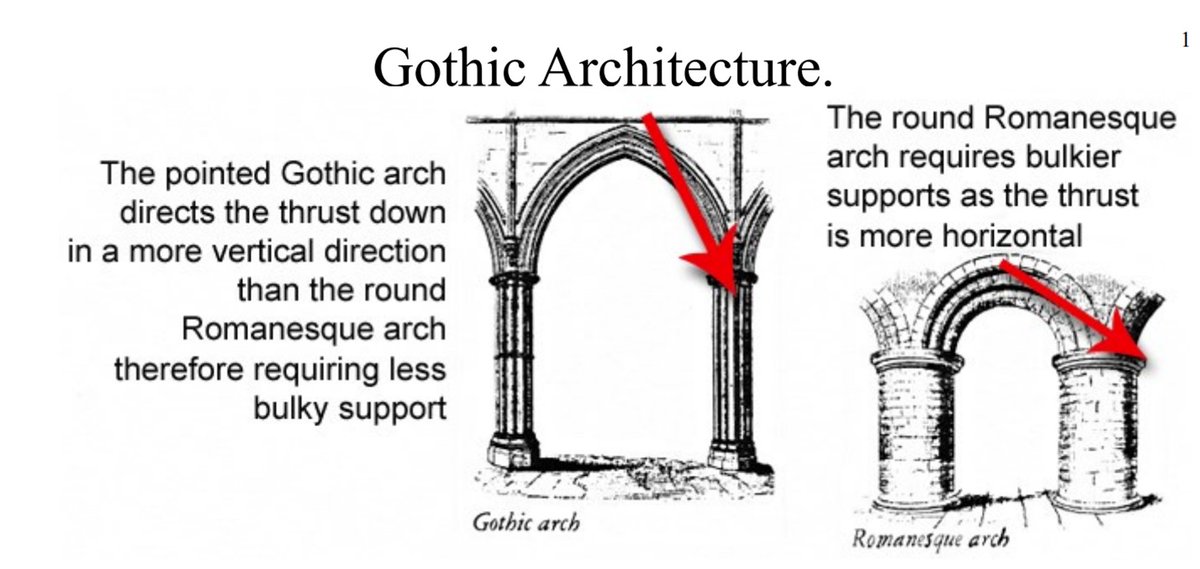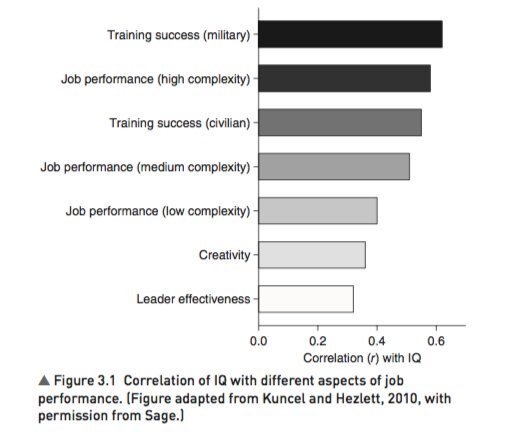Gothic architecture first appeared in the 12th century, when the pointed arch appeared in Europe.
Until then churches and cathedrals had been built with the round arch. This style, in imitation of Roman architecture and its round arches, is known as Romanesque.
The pointed arch is much stronger than the round arch - buildings rapidly became taller, larger, and more complex.
Whereas structural concerns had once dictated how cathedrals looked, aesthetics soon took centre stage.
An architectural revolution swept the continent...
The first phase of Gothic architecture in Britain was the Early English Style (1150-1250).
Windows remained slim and the overall design fairly simple, as embodied by Salisbury Cathedral. The tower, added later and more complex, contrasts with the simplicity of the older parts.
Next came the Decorated Style (1250-1350), so-called because it embraced detailing and complex, flowing ornamentation.
The Bishop's Eye rose window in Lincoln Cathedral and the crossing of Ely Cathedral capture this spirit, permitted by more advanced construction methods.
That was followed by the Perpendicular Style, unique to Britain, which lasted until the 16th century.
It replaced the curving forms of the Decorated Style with more austere vertical lines, exemplified by the Henry VII Chapel at Westminster Abbey.
This emphasis on verticality, combined with a tendency for high walls and vast windows, resulted in buildings which were like cages, more glass than stone.
Elaborate, geometric fan vaulting was another common Perpendicular feature.
English Gothic architecture was heavily influenced by that of France.
There, too, the Early French Style was fairly plain in appearance - perhaps because of structural and technical limitations.
The result was a sturdy, unadorned monumentality.
The High Gothic style in France (1190-1250), is regarded by some as the pinnacle of all Gothic architecture.
It seems to mix the delicacy and elaborate ornamentation of later styles with the monumentality of what came before, a harmonious middle ground.
Similar to the Decorated Style in England, the French Rayonnant (1250-1350) was less about size and more about refinement, with technical progress allowing for the construction of much larger windows with more complex tracery.
Embodied by Sainte-Chapelle in Paris.
The Flamboyant style, which dominated in France thereafter, comes from the French word for flaming, a reference to the flame-like appearance of the design motifs used in its decoration.
The overall impression is of astonishing complexity, detail, and delicacy.














